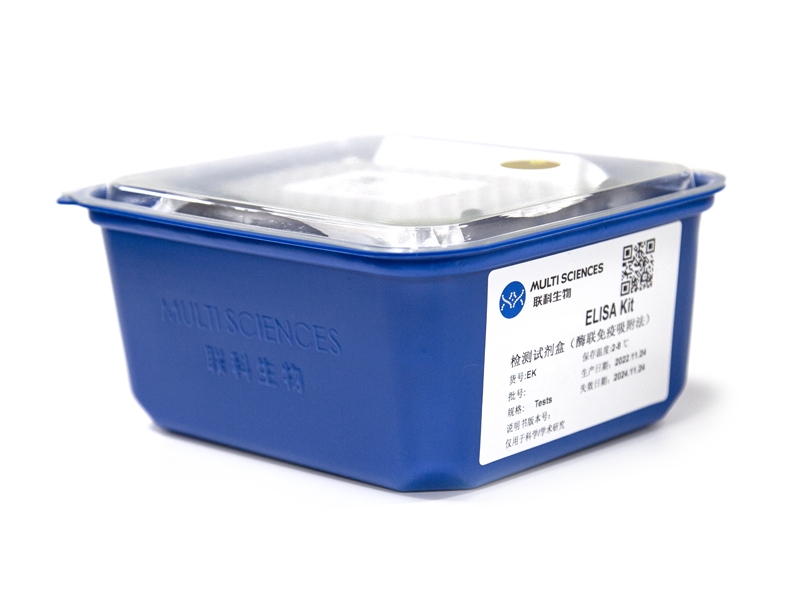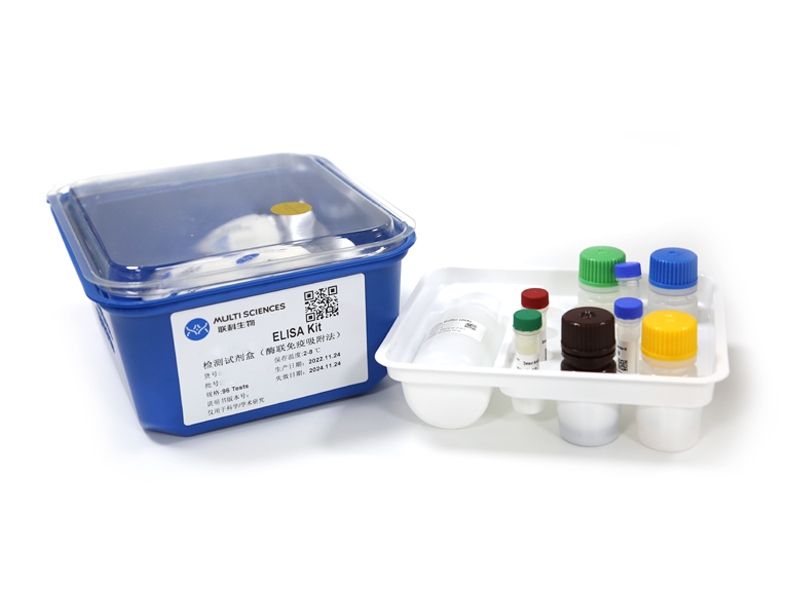Background and purpose:Psoriasis is a chronic inflammatory skin disease associated with both innate and adaptive immune responses. The stimulator of interferon genes (STING) protein engages in sensing of cytosolic DNA to initiate dsDNA-driven immune responses. In vitro and in vivo anti-psoriasis effects of STING antagonist H-151 were explored.
Experimental approach:We analysed the gene expression profile of STING and related downstream targets in the skin samples of healthy people and psoriasis patients from the GEO database. Cellular inhibitory activity of H-151 on STING pathway was confirmed via qPCR and western blotting. The preventive effect of topical application of H-151 on imiquimod-induced psoriatic mice was examined through histological, immunohistochemical, immunofluorescent, flow cytometric analysis, ELISA Kits and other approaches. Preliminary mechanistic studies were also performed.
Key results:Gene expressions of STING and its downstream target were up-regulated in lesional skin samples from psoriasis patients. Topical administration of H-151 attenuated the skin lesions in imiquimod-induced psoriatic mouse model, while the secretion of pro-inflammatory cytokines (IL-17, IL-23 and IL-6), infiltration of M1 macrophages and differentiation of Th17 cells were significantly suppressed by H-151 treatment. Mechanistically, H-151 inhibited STING/NF-κB signalling in both keratinocytes and immune cells.
Conclusion and implications:H-151 displayed anti-inflammatory activity in both keratinocytes and immune cells, and decreased the severity of psoriatic response in vivo. Inhibition of STING signalling pathway may represent a novel therapeutic approach to psoriasis and related complications.
文章引用产品列表
-
- EK117 52 Citations
- FEATURED ELISA KIT, ELISA试剂盒
Human IL-17A ELISA Kit检测试剂盒(酶联免疫吸附法)
- ¥1,600.00 – ¥2,650.00



